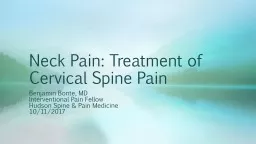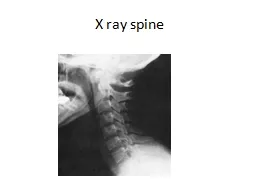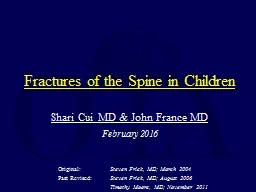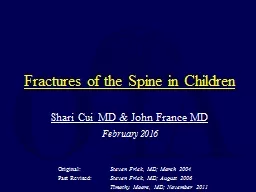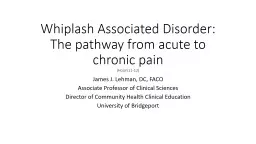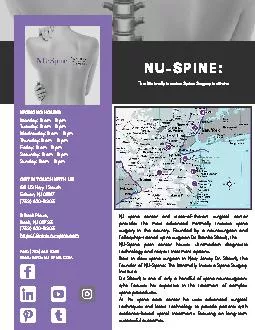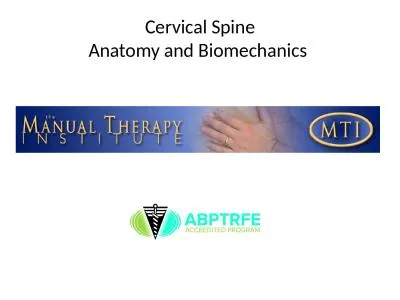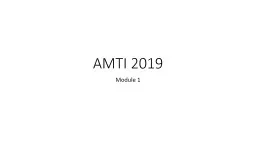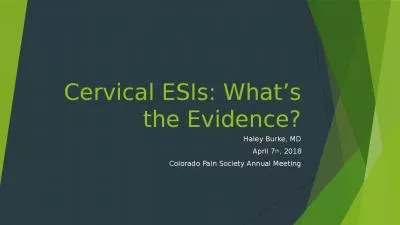PPT-Neck Pain: Treatment of Cervical Spine Pain
Author : sherrill-nordquist | Published Date : 2018-10-29
Benjamin Bonte MD Interventional Pain Fellow Hudson Spine amp Pain Medicine 10112017 Cervical Spine Disorders Anatomy Cervical Spondylosis Facet pain Myofascial
Presentation Embed Code
Download Presentation
Download Presentation The PPT/PDF document "Neck Pain: Treatment of Cervical Spine P..." is the property of its rightful owner. Permission is granted to download and print the materials on this website for personal, non-commercial use only, and to display it on your personal computer provided you do not modify the materials and that you retain all copyright notices contained in the materials. By downloading content from our website, you accept the terms of this agreement.
Neck Pain: Treatment of Cervical Spine Pain: Transcript
Download Rules Of Document
"Neck Pain: Treatment of Cervical Spine Pain"The content belongs to its owner. You may download and print it for personal use, without modification, and keep all copyright notices. By downloading, you agree to these terms.
Related Documents

